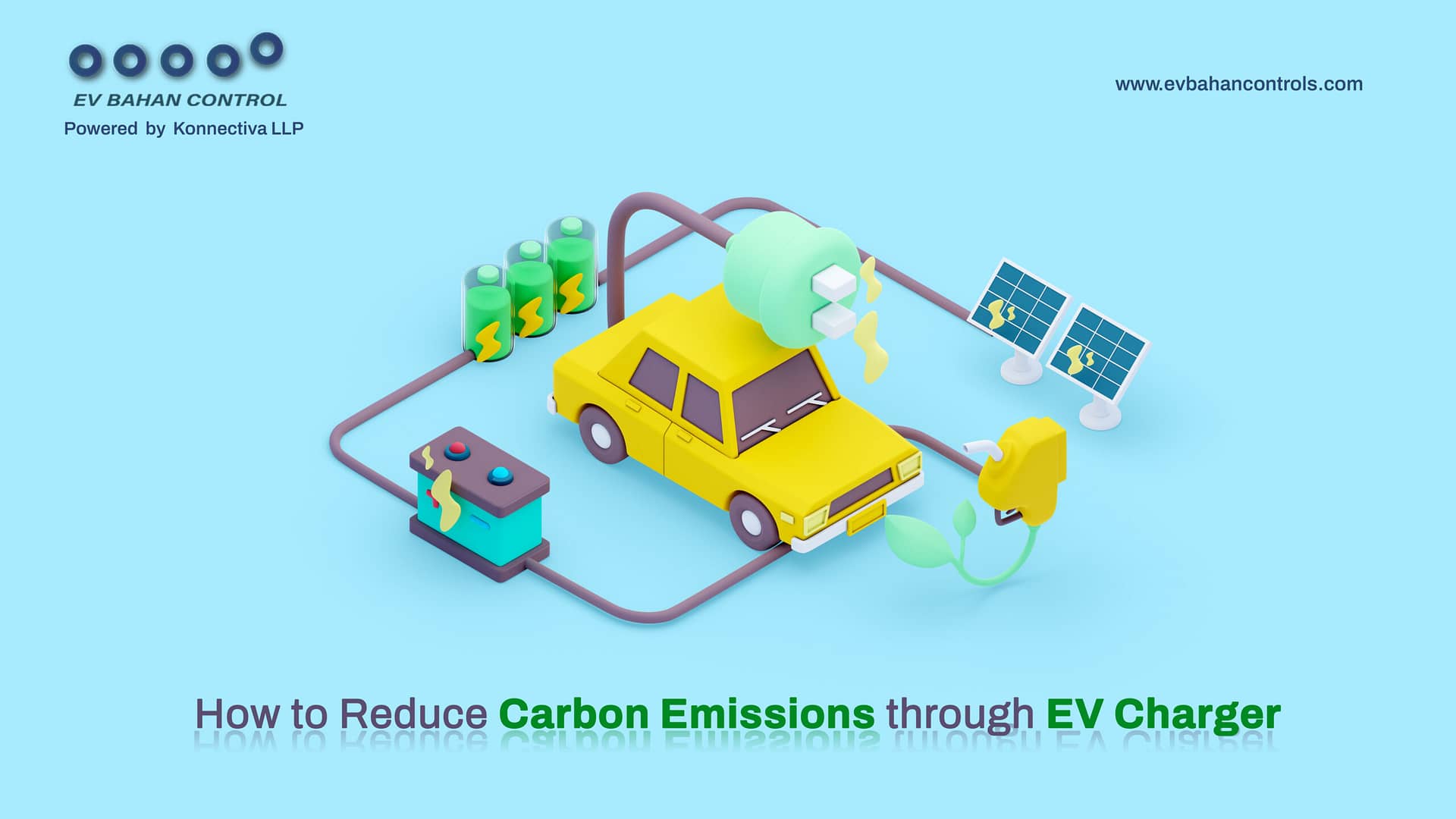
Project Description
Description:
How to Reduce Carbon Emissions through EV Charger ?
Prepared By www.konnectiva.com
…………………………………………………………………………………………………………………………………………………………………………………………………..
Reduce car bone missions through #EVCharger : Carbon emissions refer to the release of carbon dioxide (CO2) and other greenhouse gases into the atmosphere. These emissions are primarily produced through the burning of fossil fuels such as coal, oil, and natural gas for energy production and transportation.
The increasing levels of carbon emissions in the atmosphere are contributing to global climate change by trapping heat and causing the planet to warm. This results in a range of impacts such as sea level rise, more intense and frequent extreme weather events, and changes in weather patterns.
Carbon emissions can be reduced through the use of renewable energy sources, energy efficiency measures, and other technologies that reduce the amount of carbon dioxide released into the atmosphere. It’s important for individuals, businesses, and governments to take action to reduce carbon emissions and help mitigate the impacts of climate change.
To calculate carbon infusion in an EV charger, you need to consider the following factors:
Energy Source : The carbon footprint of an EV charger depends on the source of energy used to power the charger. If the energy comes from a renewable source, such as wind or solar, the carbon footprint will be lower compared to a charger powered by fossil fuels.
Charger Efficiency: The efficiency of the charger also affects the carbon footprint. A more efficient charger will use less energy and produce less carbon emissions.
Charging Duration: The length of time it takes to charge an EV battery also affects the carbon footprint. The longer it takes to charge, the more energy will be consumed and the higher the carbon footprint will be.
EV Vehicle type: The type of vehicle being charged also affects the carbon footprint. A larger, more energy-intensive vehicle will produce a higher carbon footprint compared to a smaller, more energy-efficient vehicle.
It’s important to note that #calculatingcarboninfusion is not a straightforward process and there are many variables that can impact the results. However, understanding the carbon footprint of an EV charger can help guide decisions around energy sourcing and charger efficiency to minimize carbon emissions.
The formula for calculating the carbon infusion in an EV charger can be complex and depends on various factors such as energy source, charger efficiency, charging duration, and vehicle type. A basic formula for carbon emissions calculation for an EV charger can be:
Carbon emissions (kgCO2e) = Energy consumed (kWh) * Emissions factor (kgCO2e/kWh)
Where the energy consumed is calculated as the charging duration multiplied by the charging power and the emissions factor is dependent on the source of energy used. For example, if the energy source is coal, the emissions factor will be higher compared to a renewable energy source such as wind or solar.
For More Info, See from our website i.e www.evbahancontrols.com
